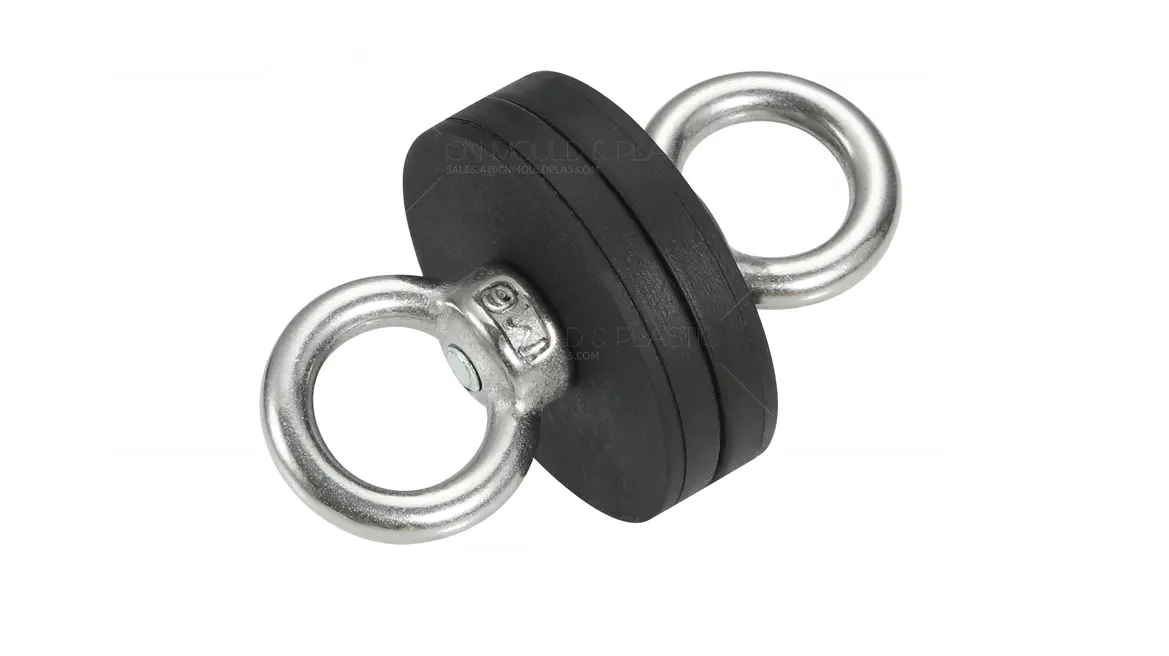
1. The mold, as you know, is constructed of steel, and a magnet will be easily attached to the steel. Therefore, when placing a magnet into the mold, it's difficult to fix it as the magnet immediately sticks to the mold.
2. The main principle of injection molding is that plastic is melted at high temperatures and then injected into a mold cavity to form a plastic part. Generally speaking, high temperatures will cause magnets to lose their magnetic properties.
Therefore, prior to injection molding, the magnet is often not magnetized. The magnet is magnetized when the injection molding process is finished. By doing this, the magnet's magnetism is guaranteed to be unaffected, and production costs are also saved.
Reduce costs: Magnet insert molding is a cost-effective and efficient way to produce goods, particularly in large quantities. This approach simplifies assembly processes and minimizes material waste, leading to reduced production expenses.
Enhance mechanical strength: Magnet insert molding enhances the mechanical strength of the molded component by reinforcing the bond between the plastic and magnet.
Improve durability: The strong plastic covering makes sure that the magnet stays safe from damage and rust, enhancing the longevity of the product.
Magnets easily lose their magnetism due to heat during the high-temperature injection molding process. To prevent this, the following methods can be used:

1. Receive information of sample (including 3D, 2D drawing) and assess the feasibility.
2. Confirm the information of magnet to you (including size, shape or supplier).
3. Making DFM and quotation.
4. DFM approved mold design.
5. Design approved and mold build start.
6. Part finished and FAI & sample sent.
7. Sample approved and mass production.



